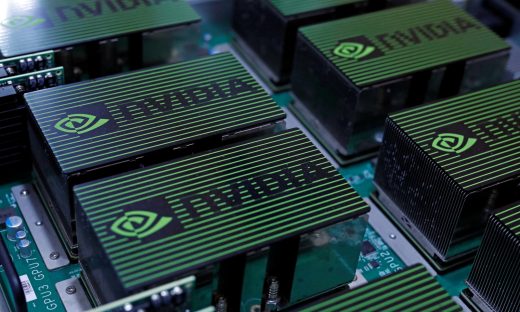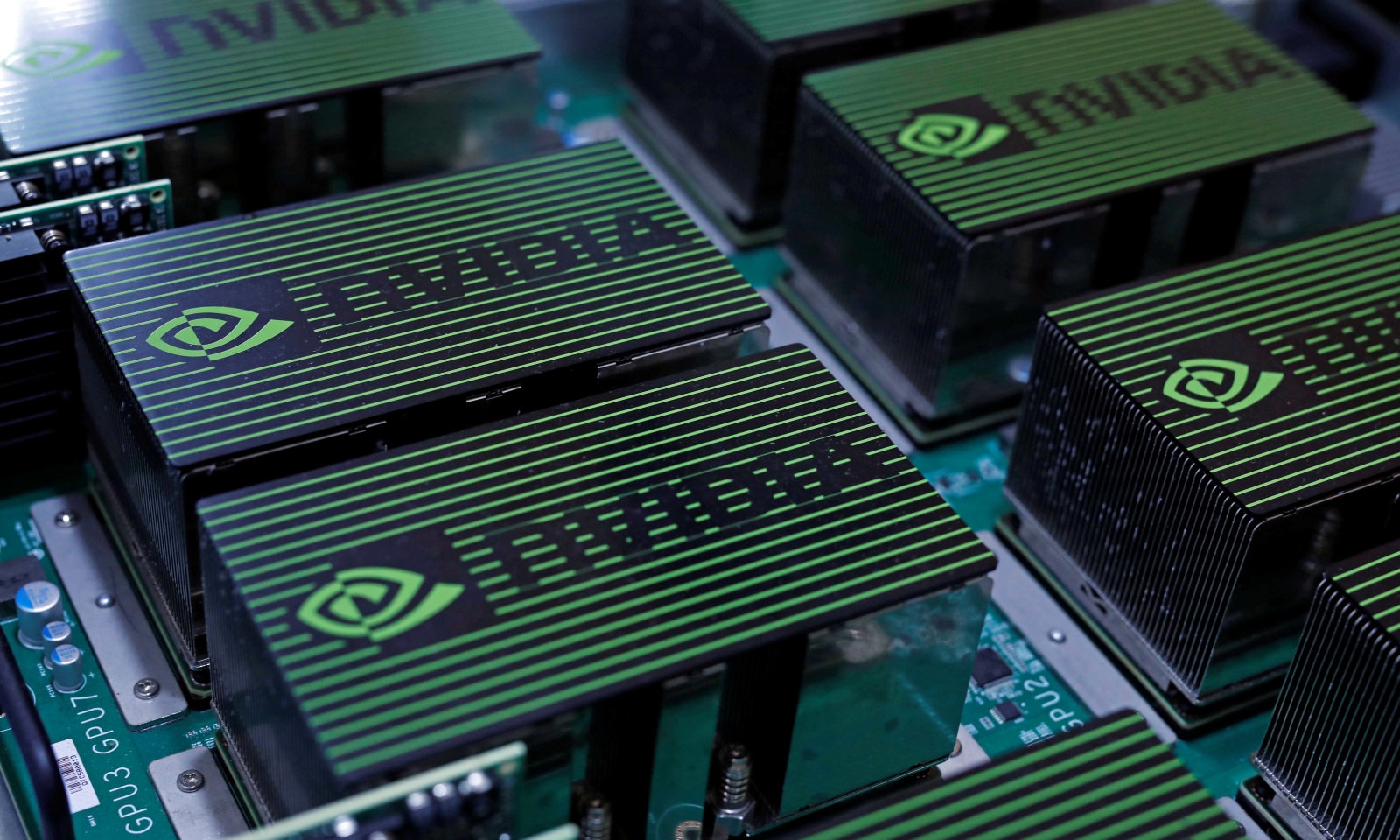NVIDIA is gearing up to end 32-bit OS support
The time of the 32-bit OS continues its slow descent into obsolescence. NVIDIA announced that Version 390 of its graphics card driver would be the last to support 32-bit Windows, Linux and FreeBSD systems.
While this shouldn’t come as a surprise 64-bit systems have become the norm, there are folks and organizations out there that are stuck using legacy machines. Maybe they have to run 16-bit or 32-bit applications that 64-bit systems don’t support.
Of course, using older operating systems typically means using less secure operating systems. This is how the WannaCry ransomware was able to cripple the UK’s NHS. It exploited a vulnerability in older versions of Windows that the hospitals were running for various reasons including controlling critical medical equipment and accessing patient data.
If you’re personally running a 32-bit system and you count on NVIDIA graphics drivers, it probably time to start looking to upgrade if you can. Sure change is scary. But not as scary as the security issues that pop up using old technology.
(38)




